Far from the densely populated capital of the Maldives, Malé, is the Koagannu Cemetery, located in the northern edge of Meedhoo island in Addu city. This 900-year-old cemetery was built to bury the first Muslims of Addu Atoll, it is an incredible place to getaway from the hustle and bustle of the congested city life and stroll off the beaten track and evoke a sense of serenity. The cemetery has time-honored memories of royals of the Maldives that have been buried hundreds of years ago. This is not for the faint-hearted, but if you’re looking for an unusual experience in Addu city, head over to the Koagannu Cemetery.
The 3,000-year-old Meedhoo is the oldest inhabited island in the atoll and city of Addu. The island is small enough to travel everywhere on foot. Some historians argue that the name is derived from Indo-Aryan settlers, and Meedhoo means Big Island in Sanskrit literary language. Generations after the original settlers based themselves in Meedhoo – Yoosuf Naib, an Arab visiting the island preached Islam and converted its natives. The first mosque (Fandiyaaru Miskiy) was built in the 12th Century CE, within the boundary of the cemetery by the Chief Justice Mohamed Shamsuddine and his children, ever since it is known as a center for Islamic studies. During the rule of King Siri Kula Sundhura Katthiri Bavana (Sultan Shuja’i Mohamed Imaduddine I), circa 1660, Mohamed Shamsuddine was barred from being in Malé for failing to praise the Uteem sultan in his Friday sermon, resulting banishment to his native island Meedhoo along with his three sons.
As I carefully strolled between the graves, I was silenced by the enormity of the tomb stones, reflecting on those buried around me. Some of them had arabic art and inscriptions, these people wanted to be remembered. Be mindful that the early natives of Meedhoo island had impeccable craftsmanship. Back then, they practiced the ancient art of coral carving with the archaic Dhives Akuru script.
While many Maldivians are only aware of the Medhu Ziyaaraiy in Malé, the country’s second Medhu Ziyaaraiy is located within the premises of the Koagannu cemetery in Meedhoo.
The stone carving in the above photograph is the seal of Al-Fageeh-Moosa, a scholar who played a key role in embracing Meedhoo to Islam.
It was fascinating, but also had me pushed out of my comfort zone, “I was in the middle of a massive cemetery staring stupid at the graves of hundreds of dead like they were some sort of museum exhibits.” I snapped tons of photos, some of which I have already shared on my Instagram feed, and I know I’m guilty of it, too. If you don’t like cemeteries, a few meters passing the Koagannu cemetery will take you to a rocky beach with stunning ocean views, you probably would want to stay there the whole day to appreciate the beauty of it.

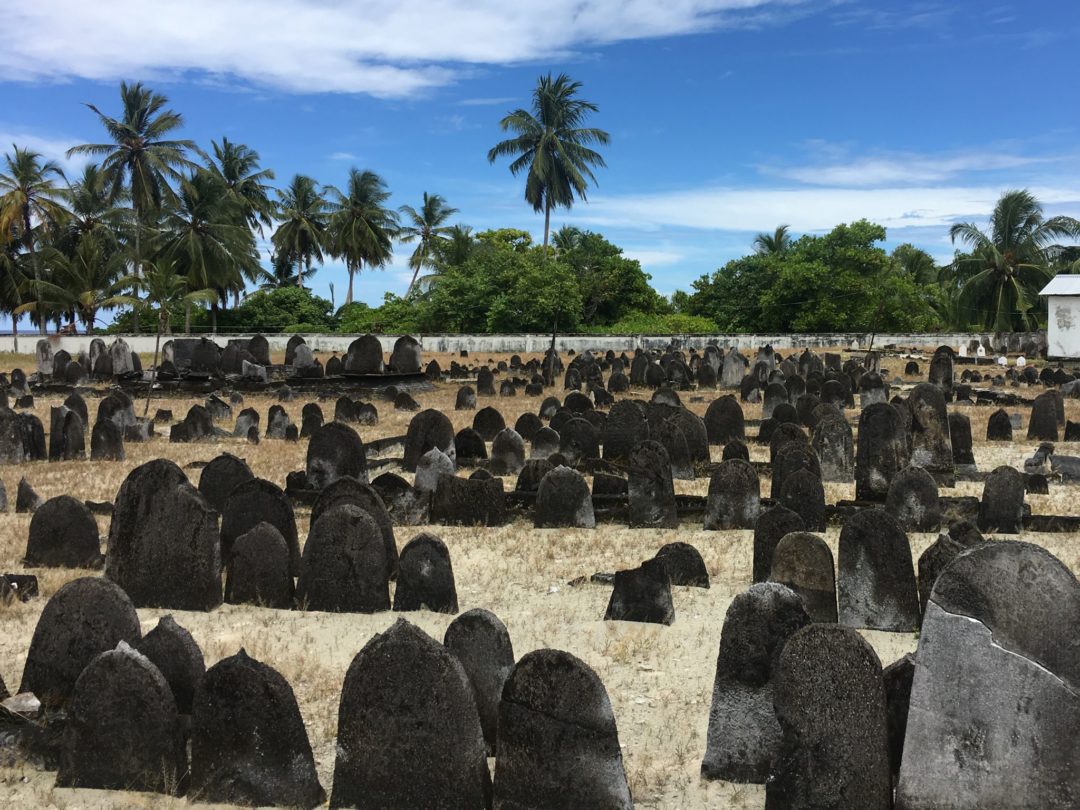
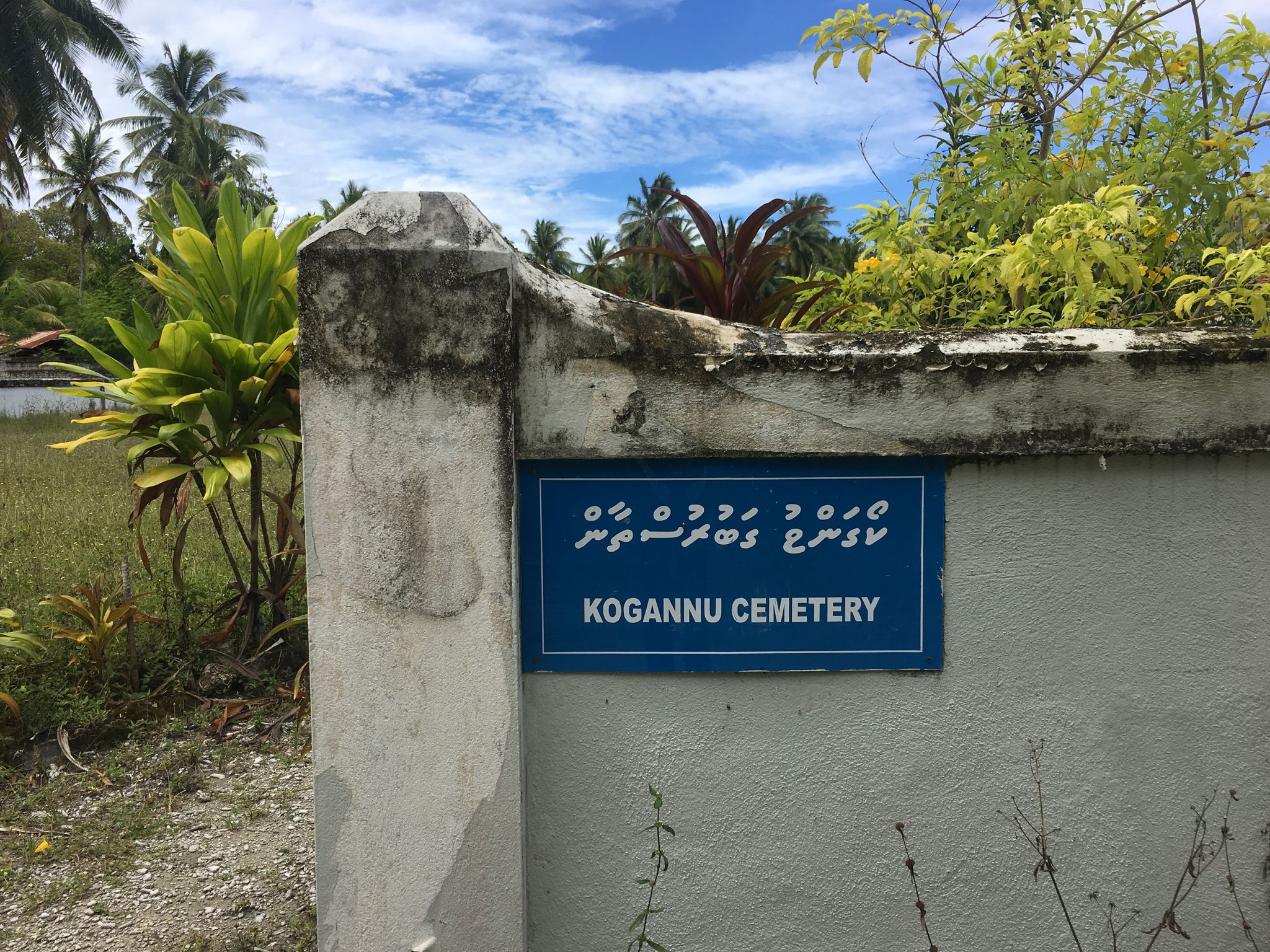
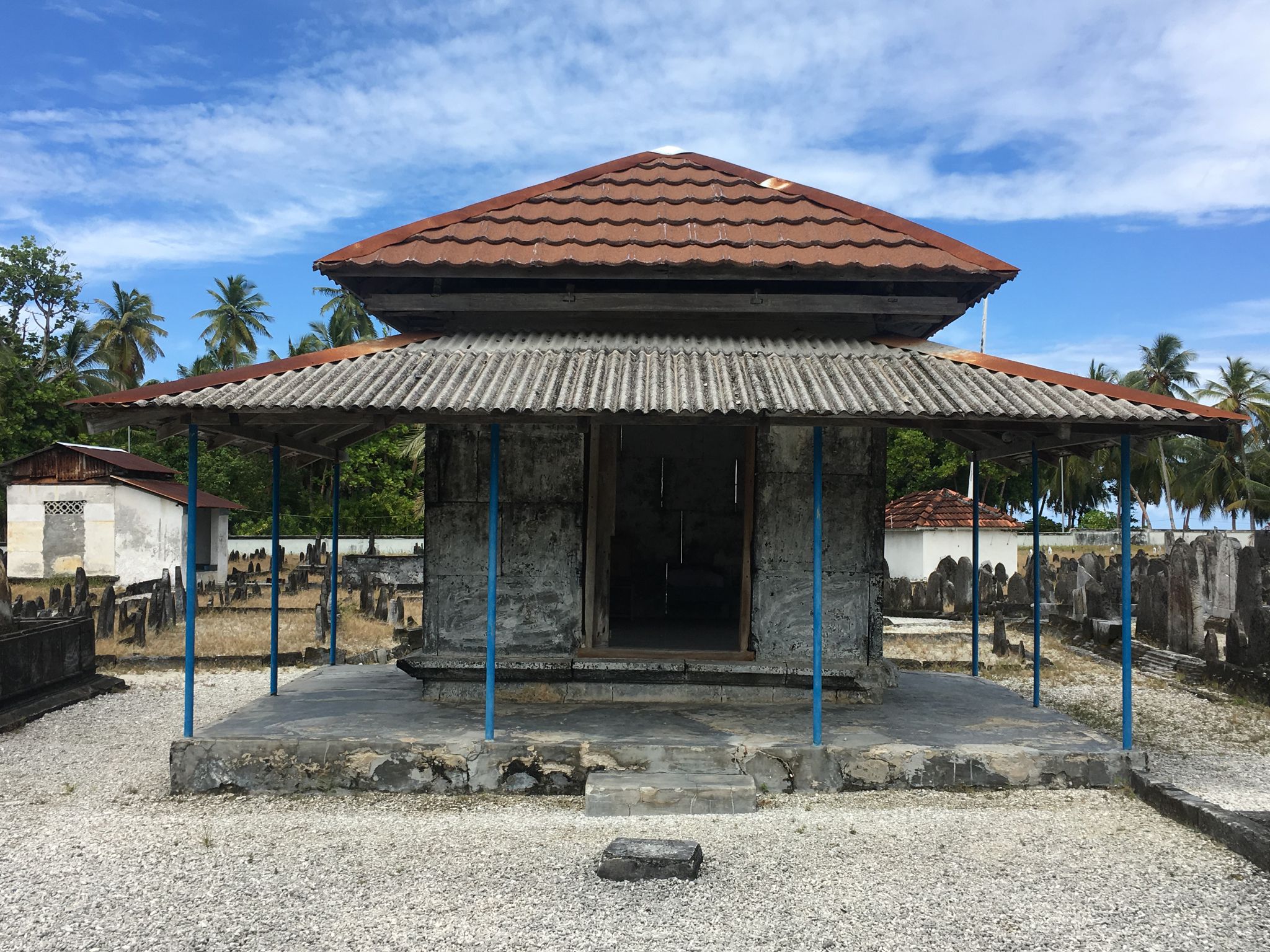
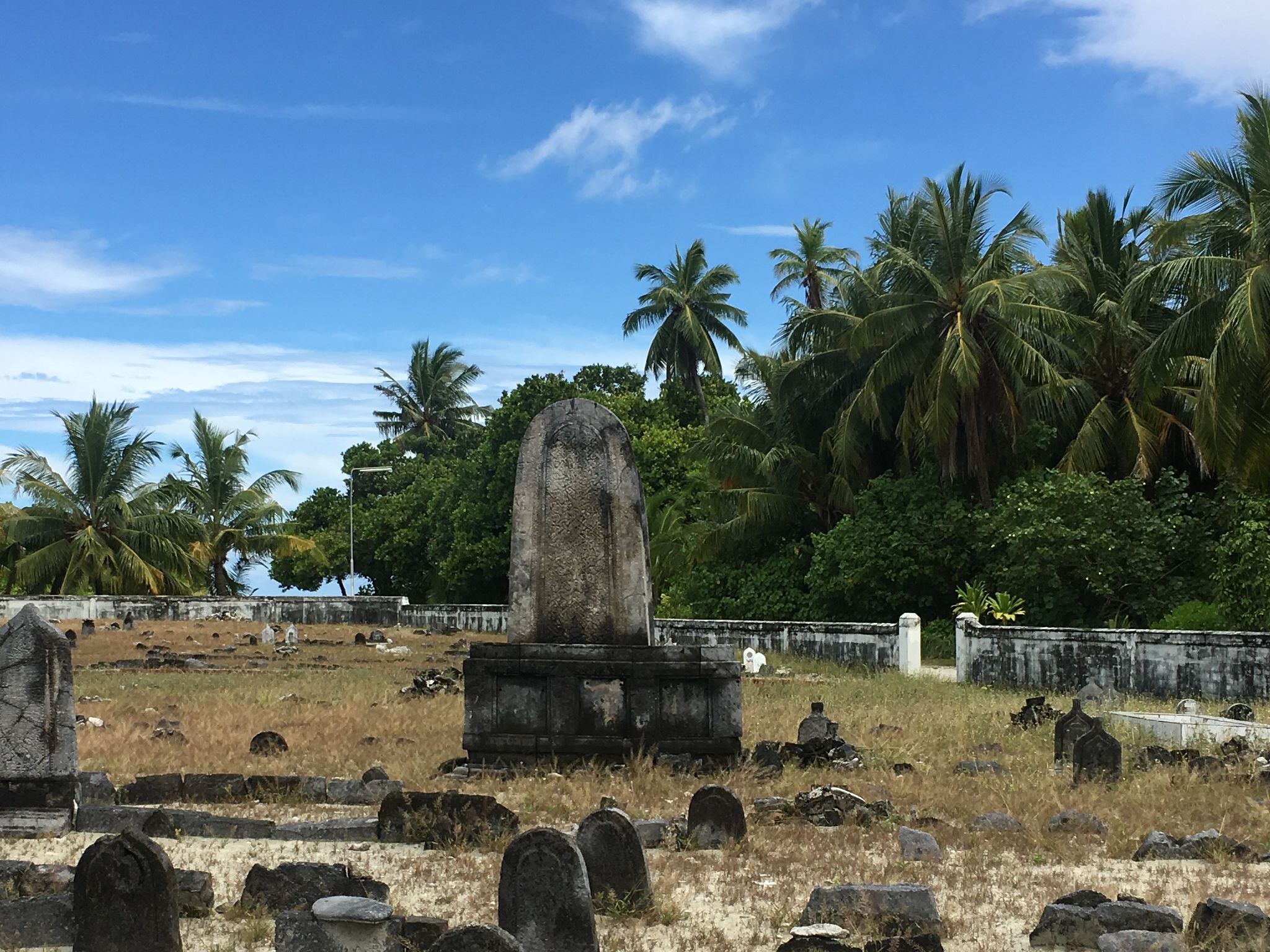
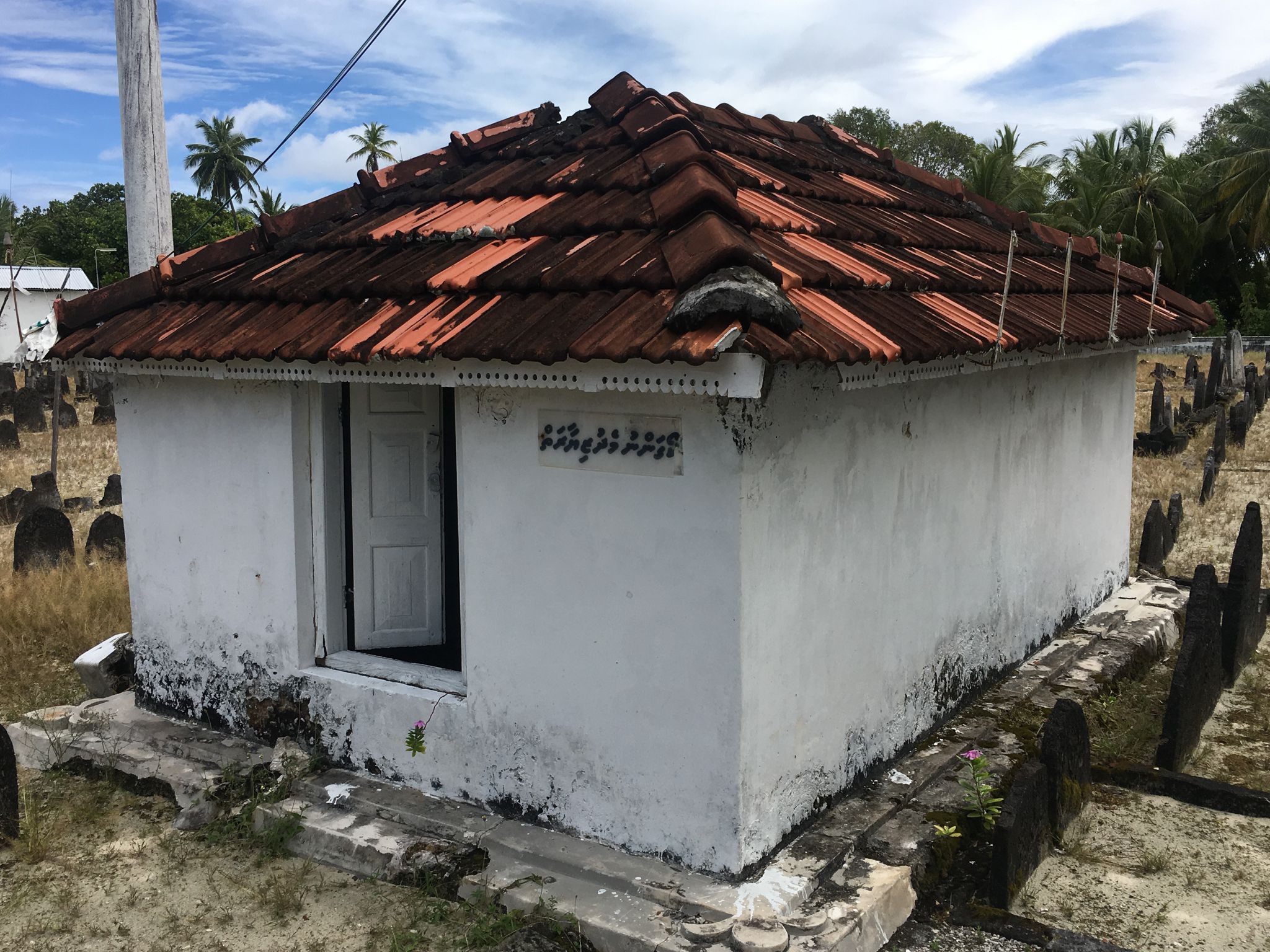
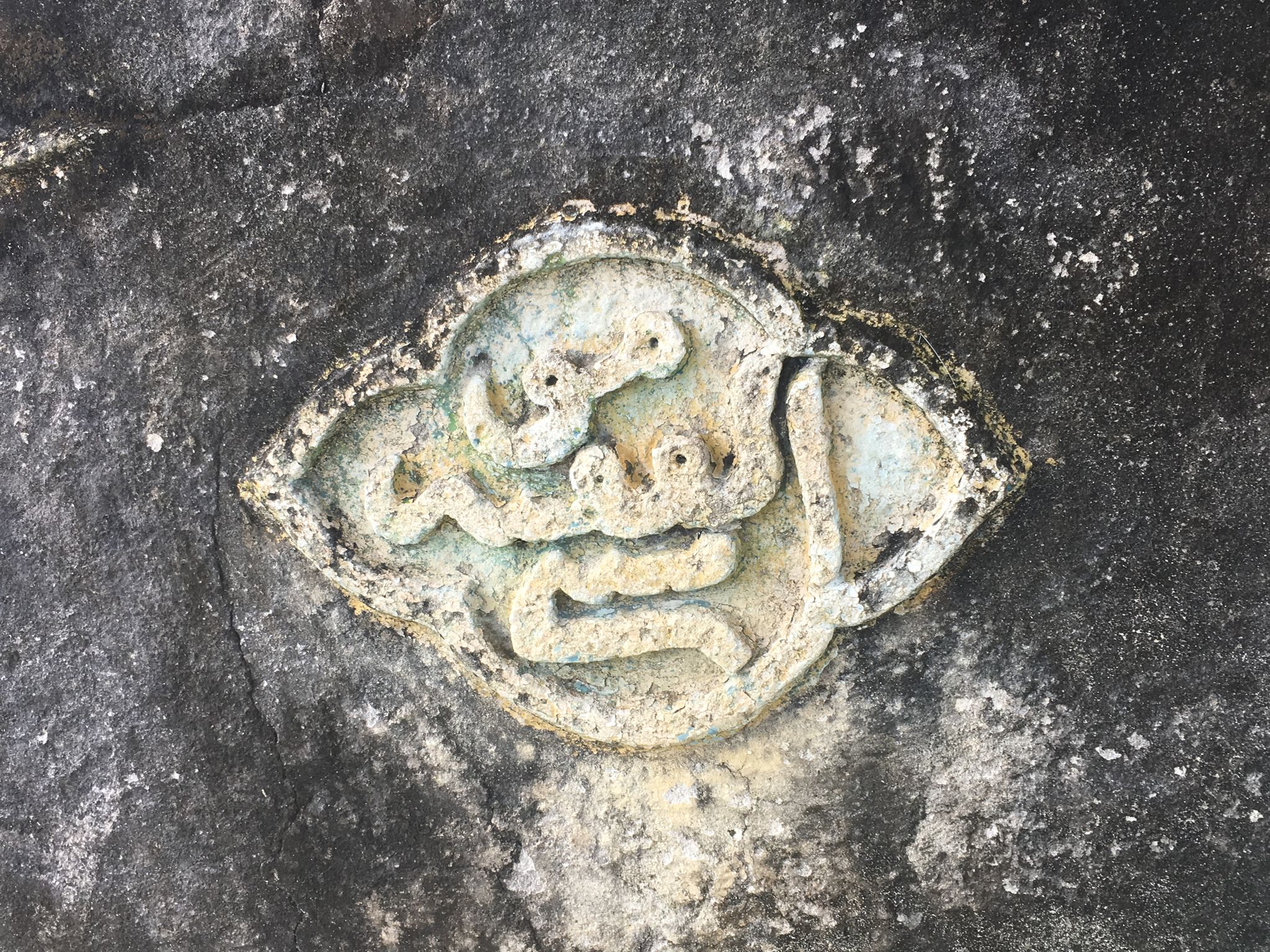

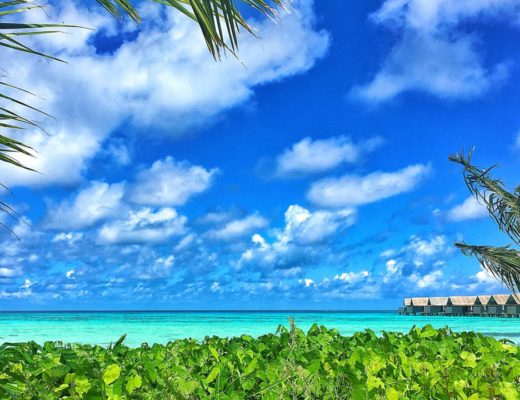

No Comments